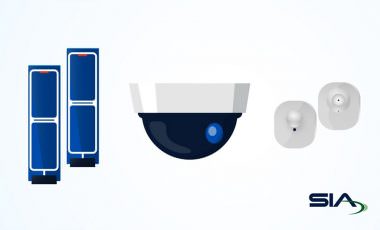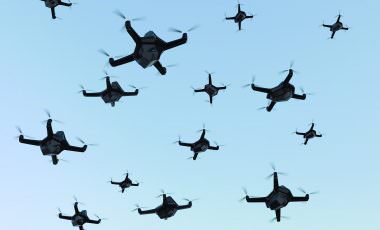Applying Indoor Positioning Systems: A Primer for Integrators and Security Specialists
This paper reports on modern indoor positioning system (IPS) technologies that utilize personal smart mobile devices, or non-personal non-smart mobile devices (object tags and beacons),for purposes of locating and tracking people and objects. The greatest attention is given to technologies that incorporate smartphones. Smartphones are of special interest to IPS manufacturers, because smartphone users are…
Keep Reading »Cloud-Based and Hosted Access Control: Opportunities for Dealers and Integrators
The cloud access control market is seeing strong growth, according to market research firm IHS Markit, which forecasts global sales of cloud-based access control to exceed $530 million in 2018 and to reach $1.8 billion by 2025. Sources interviewed for this report estimate that 5 percent to 12 percent of new access control jobs are…
Keep Reading »Mitigating the Risk of Workplace Violence
Violence in the workplace continues to be a major problem in medical facilities, despite a decline in overall assault rates nationally in recent years. The Occupational Safety and Health Administration (OSHA) reports that workplace violence is four times more common in health care settings than in private industry, in general, and that about one-tenth of…
Keep Reading »The Hidden Value in Store Security Systems
Managers of a candy store in San Francisco were puzzled by the poor sales of a product they introduced in 2014. What explained the lack of interest from customers? Did the recipe need to be tweaked? Was the price point off? As it turned out, the problem was not the quality of the product or…
Keep Reading »IP Connectivity Over Non-Category Cables
The Impact of IP and PoE on Electronic Security Installations The internet protocol (IP) evolution in electronic security installations continues to accelerate. The major manufacturers in our industry are producing innovative new products and services, with most of these new technologies using IP connectivity to provide communications and control of security systems over LAN and…
Keep Reading »The Compelling Case for Unifying IT and Physical Security
Most organizations today follow the official plan. They have their building and critical rooms secured with electronic access control, digital video and security intercoms; their IT network secured with a firewall, anti-virus and anti-malware; their website secured and their email servers secured; and both physical security and IT security were installed by the best integrators…
Keep Reading »Big Data and Privacy for Physical Security
Big data and privacy are two interrelated subjects that have not warranted much attention in physical security, until now. Both subjects are about to become of strategic importance to security, due to recent advancements in video analytics and big data technologies, court rulings regarding data privacy rights relating to surveillance video, and the growing value…
Keep Reading »Diagnosing Security Challenges
Developing the secure hospital of the future starts with planning and collaboration today A hospital in America continues to be one of the most dangerous places to work. Health care organizations face a varied and constantly evolving threat landscape, from longstanding issues with workplace violence and infant abductions to more modern malicious activities such as…
Keep Reading »The Not So Friendly Skies
Drones represent a rapidly growing and evolving threat Unmanned aircraft systems (UAS), better known as drones, are making headlines frequently. Drones drop grenades on Coalition Forces. Drones land radioactive material on the roof of the Japanese prime minister’s home. Drones steal industrial trade secrets by hovering outside a 30th-floor window while spoofing a printer’s MAC…
Keep Reading »Dialing Up Security
Smartphones can be an essential component of a mass notification system Smartphones permeate our lives. In fact, 91 percent of adults keep their smartphones within arm’s reach, according to Morgan Stanley, and Daily Infographic reported that the average person looks at his or her phone approximately 110 times a day. Consumers are clearly hooked on…
Keep Reading »








